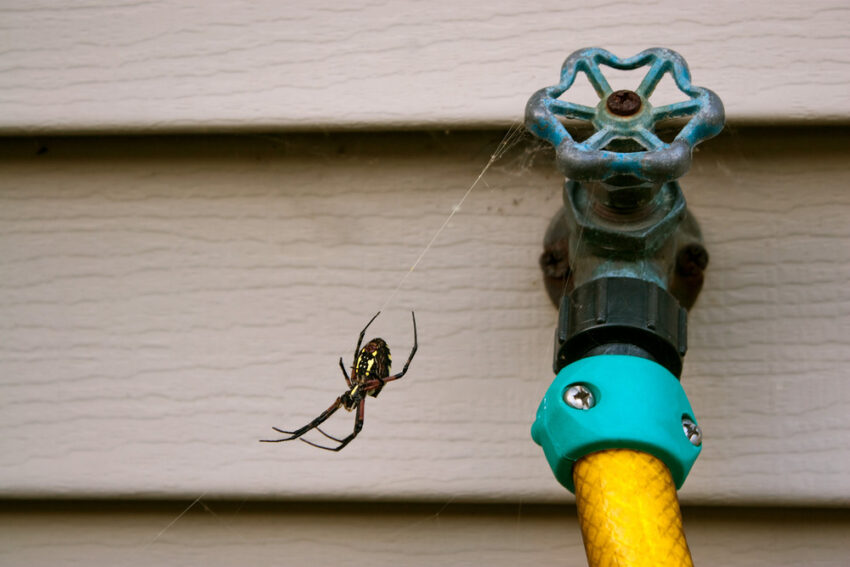When taking on a DIY project involving hoses, whether for your car, boat, RV, or something else, you’ll need the right size hose clamp to get a solid, leak-free connection. Hose clamps create a tight seal between a hose and fitting, but getting the size wrong can lead to leaks, damage, or an insecure connection. According to Home Depot, screw clamps are normally used for hoses that are 1/2 inch in diameter and larger. That said, how do you figure out what size hose clamp you actually need? Follow this advice to determine the ideal hose clamp sizes for your specific project.
Take Measurements
First things first, you need to measure the hose and fittings you’ll be connecting. Use a measuring tape or calipers to determine the outside diameter of both the hose and the fitting it will connect to. Having precise measurements is key for then figuring out which hose clamp size to buy. For example, a 1-inch hose requires a completely different clamp size than a 1 1/2-inch or 2-inch hose. Record these measurements so you have them for reference.
Consult a Size Chart
Next, you’ll want to cross-reference your measurements with a hose clamp sizes chart. These charts recommend a clamp size range based on a hose or tube outside diameter, or OD. So, if you measured your hose’s OD at 1.5 inches, the chart would direct you towards something like a 1.31-inch to 1.75-inch adjustable clamp. Choose an appropriate size range from the chart that can accommodate your actual measured OD.
Consider the Project or Application
Aside from the measurements, you should also think about factors specific to your project that could impact hose clamp sizes. For instance, will it be indoors or outdoors? What temperatures or pressure will it need to withstand? Is flexibility or ease of installation more important? Is it a permanent or temporary connection? Your answers can help narrow down preferences like metal versus plastic, adjustable versus constant tension, screw versus spring clamps, and width.
Follow Manufacturer Recommendations
For additional guidance to determine which hose clamp size you require, check specifications from the hose or fitting manufacturers themselves. They often provide exact clamp dimensions or size ranges optimized to appropriately work with their parts. Following their size recommendations helps ensure an appropriate match and secure seal.
Figuring out the proper hose clamp size for your upcoming project shouldn’t be guesswork if you follow this guide. Choosing the optimal hose clamp size using this criterion allows you to achieve leak-proof, damage-free connections that stand the test of time, so you can take on plumbing, automotive, or industrial projects with confidence. If you’re looking to purchase clamps for your project, visit us today.


